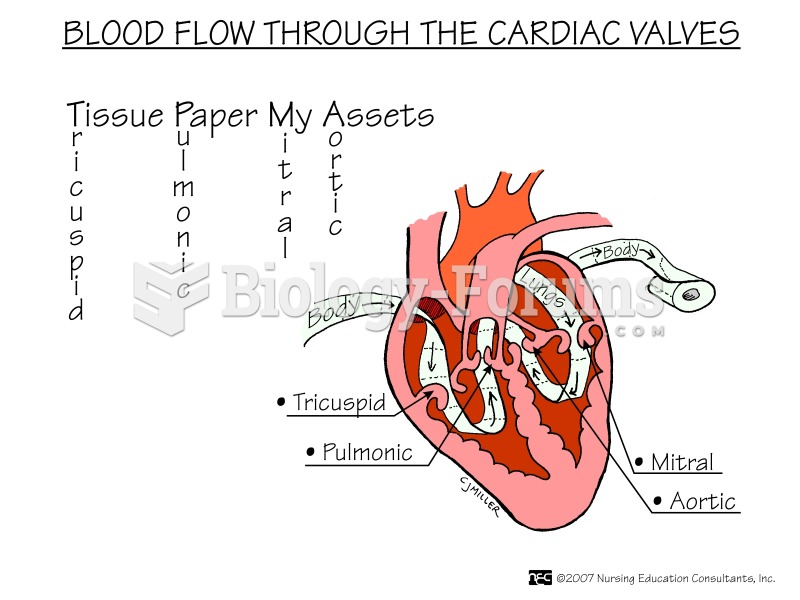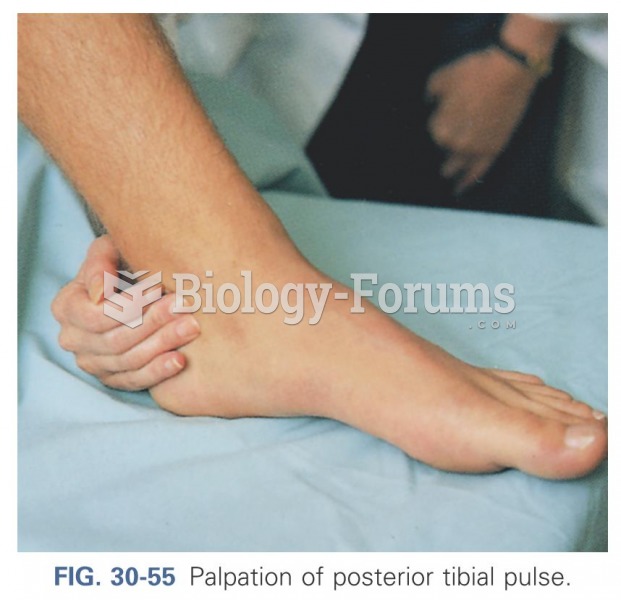Answer to Question 1
ANS: C
The pulse distal to the catheterization site may be weaker for the first few hours after catheterization but should gradually increase in strength. Documentation of the finding provides a baseline. The extremity is maintained straight for 4 to 6 hours. This is an expected change. The pulse is monitored. If there are neurovascular changes in the extremity, the practitioner is notified. The site is kept dry. Warm compresses are not indicated.
Answer to Question 2
ANS: C
Infants are usually in the secondary circular reaction stage from ages 4 to 8 months. This stage is characterized by a continuation of the primary circular reaction for the response that results. Shaking is performed to hear the noise of the rattle, not just for shaking. The use of reflexes stage is primarily during the first month of life. The primary circular reaction stage marks the replacement of reflexes with voluntary acts. The infant is in this stage from ages 1 to 4 months. The fourth sensorimotor stage is coordination of secondary schemata, which occurs at ages 9 to 12 months. This is a transitional stage in which increasing motor skills enable greater exploration of the environment.








